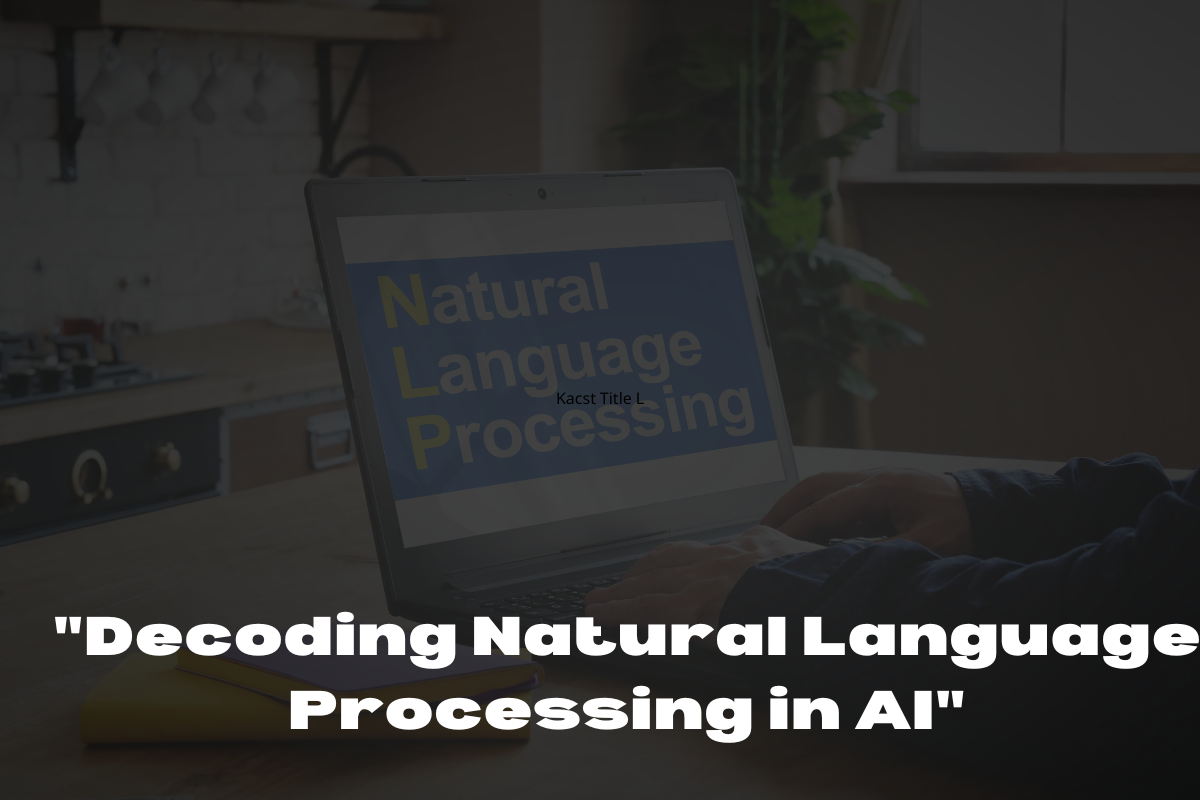Introduction:
In the realm of artificial intelligence, Natural Language Processing (NLP) stands as a cornerstone, bridging the gap between human communication and machine understanding. NLP is a branch of AI that focuses on the interaction between computers and human language, enabling machines to comprehend, interpret, and generate human-like text. This article explores the intricacies of Natural Language Processing, its applications, and its significance in shaping the future of technology.
Understanding Natural Language Processing:
At its core, NLP is a field that combines linguistics and computer science to empower machines with the ability to understand and interpret human language in a way that goes beyond simple keyword matching. The goal is to equip computers with the capability to comprehend context, sentiment, and nuances present in natural language, making interactions more meaningful and sophisticated.
Key Components of NLP:
- Tokenization: Tokenization is the process of breaking down a text into smaller units, typically words or phrases, known as tokens. This step is crucial for further analysis, as it forms the foundation for understanding the structure and meaning of the text.
- Part-of-Speech Tagging: Part-of-speech tagging involves assigning grammatical categories (such as noun, verb, adjective) to each word in a sentence. This helps in understanding the syntactic structure and meaning of the text.
- Named Entity Recognition (NER): NER is the process of identifying and classifying entities, such as names of people, locations, organizations, and more, within a text. This is essential for extracting relevant information from unstructured data.
- Syntax and Semantics: Understanding the syntax (structure) and semantics (meaning) of sentences is crucial for accurate comprehension. NLP models aim to grasp the relationships between words and the overall meaning of a sentence.

Natural Language Processing
Applications of Natural Language Processing:
- Chatbots and Virtual Assistants: NLP powers the conversational abilities of chatbots and virtual assistants, enabling them to understand user queries, provide relevant information, and engage in natural conversations.
- Sentiment Analysis: NLP is extensively used for sentiment analysis, gauging the emotional tone of a piece of text. This is valuable for businesses to understand customer opinions, reviews, and social media sentiments.
- Language Translation: NLP plays a pivotal role in language translation applications, breaking down language barriers by converting text from one language to another while preserving context and meaning.
- Information Extraction: NLP helps extract relevant information from large volumes of unstructured data, facilitating tasks such as data mining, summarization, and knowledge discovery.
- Text Summarization: Automatic summarization tools utilize NLP to condense lengthy texts into concise summaries, aiding in quick comprehension and information retrieval.
Challenges and Future Directions:
Despite significant advancements, NLP faces challenges such as handling ambiguity, understanding context, and achieving human-level comprehension. Ongoing research aims to enhance model robustness, improve multilingual capabilities, and address ethical considerations related to bias in language models.
Conclusion:
Natural Language Processing has revolutionized the way machines interact with human language, opening up new possibilities across various industries. As technology continues to evolve, NLP is expected to play a pivotal role in shaping the future of human-computer interactions, making communication with machines more intuitive and natural. The journey of NLP is an exciting exploration into the realms of language and intelligence, promising a future where machines truly understand and respond to the nuances of human expression.

